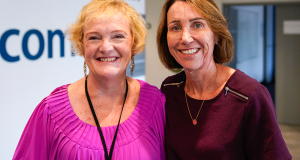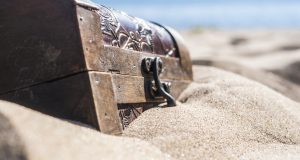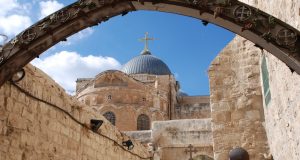
This year Journey explores questions from the pews, namely from a (fictitious) person exploring faith and the Uniting Church. This month Nova B Lever asks: Isn’t ‘church’ the people?
I AM AMAZED by the impact of generous people.
I was a guest at a Rotary club dinner a few weeks ago, where the group of 45 members gave away $35 000 to their local
community’s hospice and a couple of other charities in their neighbourhood!
And they do that every year.
A friend from a major Christian aid organisation told me of a church in Southport as clever as it is generous.
These 200 people have a dollar for dollar subsidy with a business.
The church gives $30 000 and the aid agency gets $60 000 annually.
These two (very different) fellowships share a passion to transform the world.
They also lack something in common: neither of them is saddled with real estate debt.
The Rotary club meets in the local civic centre.
The church in Southport leases office space and worships in a school hall.
They don’t spend the money their members donate and raise paying off debt.
How many congregations cycle from one stewardship campaign to the next, just trying to make ends meet, dreaming of doing something more than scraping together their Mission and Services Fund commitment?
The Property Trust of the Uniting Church’s Queensland Synod lists approximately $450 million of congregation, presbytery and synod office property.
That doesn’t include church agencies.
Is that a measure of what our buildings are worth?
I listened to 612 ABC radio in stunned admiration of the Moggill Uniting Church congregation telling how they sheltered dozens of people during January’s floods; sleeping families around the communion table and among the pews.
Another congregation owns a shed.
They need it to store the groceries and goods they give away every week.
It’s not a simple equation, but perhaps the most meaningful measure of our property resources is to understand how well we use what we have to fulfil our local mission.
And when we need a picture of our church, why do we still photograph the building instead of the people?
 JourneyOnline
JourneyOnline






